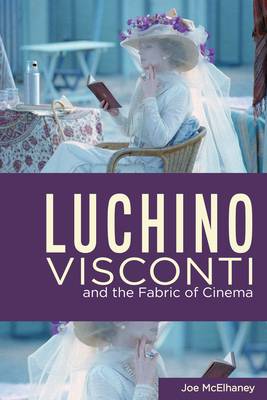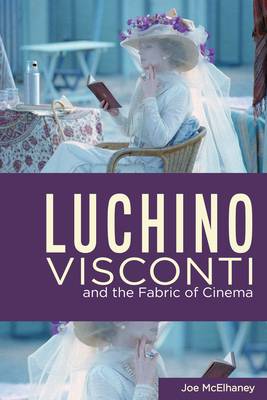
- Retrait gratuit dans votre magasin Club
- 7.000.000 titres dans notre catalogue
- Payer en toute sécurité
- Toujours un magasin près de chez vous
- Retrait gratuit dans votre magasin Club
- 7.000.0000 titres dans notre catalogue
- Payer en toute sécurité
- Toujours un magasin près de chez vous
125,45 €
+ 250 points
Format
Description
Situates Visconti's films as privileged and deeply expressive instances of a trope that the author identifies as the 'cinema of fabric': a reoccurrence in film in which textiles-clothing, curtains, tablecloths, bedsheets-determine the filming process.
Spécifications
Parties prenantes
- Auteur(s) :
- Editeur:
Contenu
- Nombre de pages :
- 240
- Collection :
Caractéristiques
- EAN:
- 9780814348260
- Date de parution :
- 02-02-21
- Format:
- Livre relié
- Dimensions :
- 152 mm x 229 mm

Les avis
Nous publions uniquement les avis qui respectent les conditions requises. Consultez nos conditions pour les avis.






